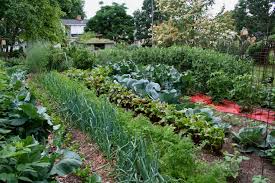The Organic Trade Association reports that the most recent available numbers on retail sales of organic food totaled $32.3 billion in 2013. And a colleague that I worked with in the past noted that this is more than the farm gate sales of all the corn and soybeans produced in Iowa in 2014. Even if we use high-water mark prices from 2012/2013 of $8 per bushel for corn and $14 per bushel for soybeans, the Iowa corn (2.3674 billion bushels) and bean (505.73 million bushels) total farm gate sales would be only $26 billion.
What this shows is how big the sales are for foods sold as organic, whether they all are actually certified organic or not, by using a comparison in size that farmers and their advisors can easily wrap their heads around.
The total retail numbers have little to do with farmer income because we all know that farm gate market share for both organic and conventional farmer production is less than 10 percent of the total food dollar spent. Some organic, specialty farmers are earning a bigger share of that food dollar by performing some processing and packaging before their products leave the farm. And a higher per unit price for organic crops at the consumer level also means a higher income per unit sold by the farmer
Jim Porterfield, CCA, Ideal Soil Consultant, watershed/water quality specialist, is the one who noted what he has seen in organic sales and increasing farmer interest in growing organic and lower cash input crops. He is intrigued about the organic market from looking at prices in the grocery store and attendance by farmers at various conferences.

